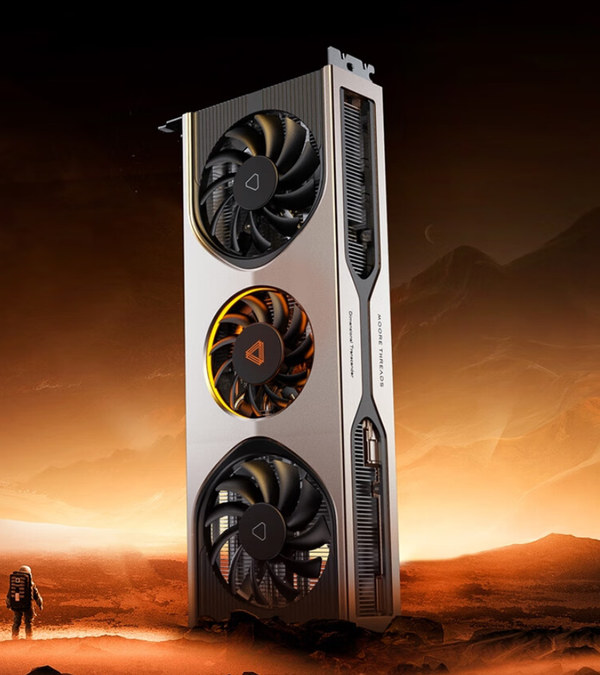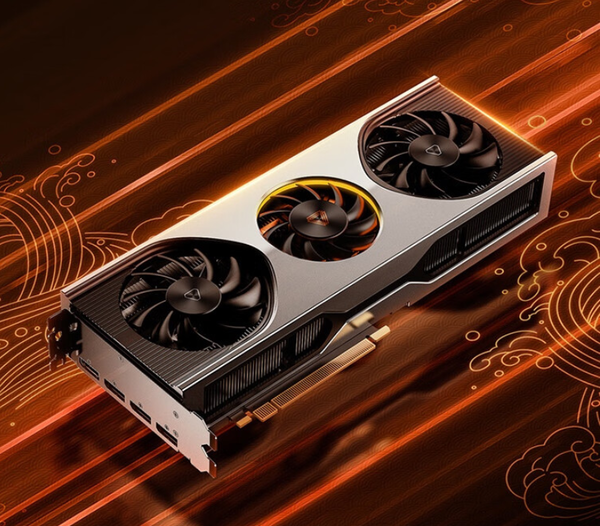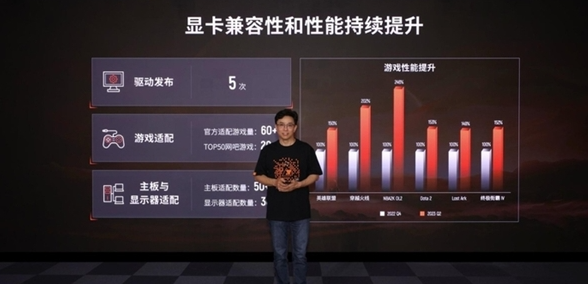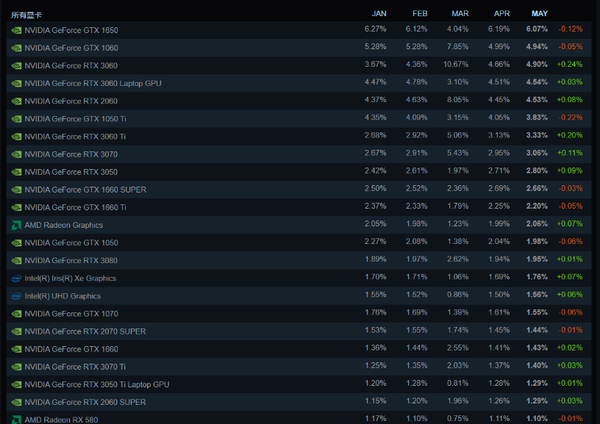
This year’s 618 shopping festival has been a celebration for PC DIY enthusiasts. In terms of memory and solid-state drives, domestic manufacturers have driven prices down significantly. For instance, JD.com’s self-operated 1TB TLC solid-state drive with a five-year warranty is available for less than 230 yuan. Meanwhile, in the graphics card market, AMD has made aggressive moves. The 7900XT and 7900XTX from brands like Xunjing and Hankai have seen significant price drops, reinforcing the idea that there are no bad products, only bad prices. Additionally, Moore Threading graphics card options are emerging, adding more diversity to the market.

Moore Threading Introduces a New Graphics Card
On May 31, Chinese independent graphics card manufacturer Moore Threading held its 2023 summer press conference, unveiling the new MTT S70 graphics card. According to official data, the MTT S70 features 3,584 stream processing units, a core frequency of 1.6GHz, 7GB of DDR6 video memory, a 224-bit memory interface, and support for PCI-E 4.0. It comes with a three-year warranty and requires a power supply of over 650W. Priced at 2,499 yuan, the card is now available on e-commerce platforms.
This marks the second consumer-focused graphics card from Moore Threading. However, similar to its predecessor, the MTT S70 has not gained widespread attention. As of now, the official JD.com store has only one review for this model, and the previously released MTT S80 has just over 200 reviews. Based on these figures, Moore Threading still faces significant challenges in gaining market traction.

The Evolving Independent Graphics Card Market
The past two years have seen significant shifts in the independent graphics card market. While Nvidia and AMD continue to dominate, Intel entered the scene in 2022 with the A380, A750, and A770. Meanwhile, Moore Threading released its first independent graphics card, the MTT S80, in November 2022.
Many industry observers were initially skeptical about domestic manufacturers entering the graphics card market. Although companies like Changjiang and Changxin have successfully disrupted the memory and SSD sectors, graphics card development requires far greater investment in research and technology. Some even speculated that Moore Threading was merely trying to secure government subsidies.
However, the launch of the MTT S70 indicates a more serious commitment to the industry. Moore Threading has also continuously updated its drivers, improving performance, compatibility, and gaming experiences. The MTT S80, once criticized for being a “refresh card,” now supports 61 games, 49 motherboards, and 30 monitors.

Driver Optimization Remains a Major Challenge
Despite multiple driver updates, Moore Threading still faces significant challenges. Compared to Nvidia and AMD, its software ecosystem remains underdeveloped. Currently, the MTT S80 does not support DX11 games, though the company has announced plans to release a DirectX 11-compatible driver by late June. This would make Moore Threading the first domestic manufacturer to support DX11 games, though DX12 compatibility remains a distant goal.
Driver performance is critical in the independent graphics card market. Even when AMD and Nvidia release hardware with similar specifications, differences in drivers and software support create noticeable gaps in performance. As Moore Threading’s vice president, Dong Longfei, pointed out, the company is still in the early stages of development, starting with DX9 to build a strong foundation. Consequently, Moore Threading’s current lineup remains unsuitable for gamers seeking the latest titles.
Even if hardware limitations are overlooked, the company has a long way to go in optimizing performance. While Moore Threading aims to survive for at least a decade, its ability to compete with Nvidia remains uncertain.

Can Moore Threading Challenge Nvidia?
In the independent graphics card market, Nvidia maintains an undisputed lead. According to Steam’s hardware survey, 19 of the 23 most-used GPUs among players belong to Nvidia, while only two are from AMD and two are Intel-integrated graphics.
Despite this dominance, Nvidia has faced increasing tension with partners and consumers. In September 2022, EVGA, its largest North American partner, exited the graphics card business due to disputes with Nvidia. Similarly, Chinese brand Ming Xuan openly criticized Nvidia after being excluded from its RTX 40 series chip allocation. These conflicts have led many users to hope for a competitive alternative to Nvidia.

However, domestic manufacturers are unlikely to provide that competition anytime soon. While Moore Threading continues to develop its products, AMD and Intel remain the most viable alternatives in the short term. This year’s 618 sales have shown that AMD is regaining its price-performance advantage, making its cards more attractive to budget-conscious buyers.
For now, Moore Threading needs time to mature. While its progress is commendable, it will take years before it can challenge Nvidia in the high-end graphics card market. Until then, users looking for an alternative may find AMD or Intel to be better options.
For more updates on PC components and the latest deals, visit TinyDeals.




